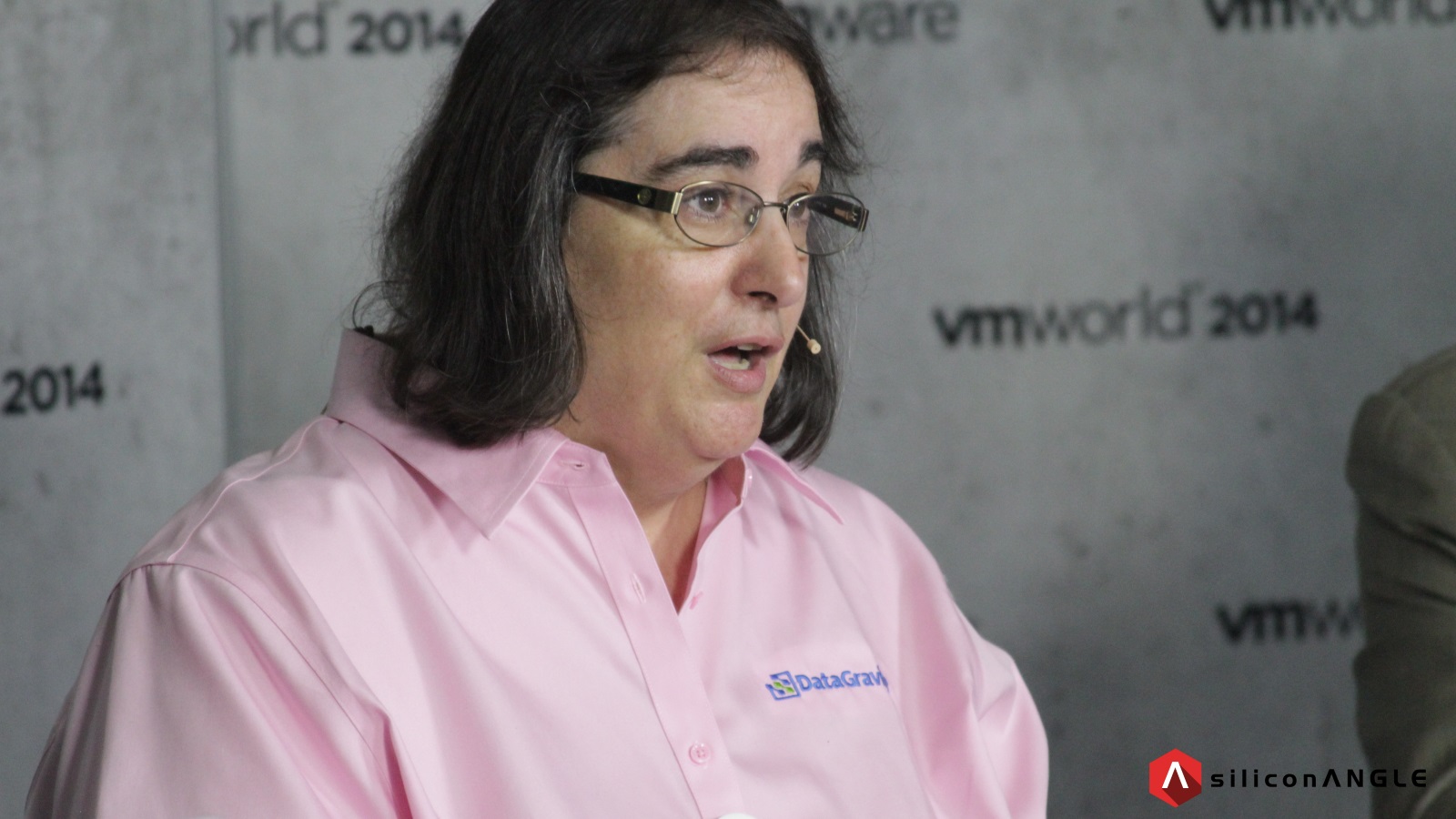 NEWS
NEWS
 NEWS
NEWS
 NEWS
NEWS
After being named “Best of Show” by tech media company TechTarget, Inc. at last year’s VMworld, DataGravity, Inc. went from stealth mode to servicing a number of use cases and verticals. After a whirlwind of bringing the company to market, DataGravity now offers businesses of all types a “data-aware” storage platform solution.![]()
SiliconANGLE spoke to Jeff Boehm, VP of Marketing for DataGravity Inc., about the company’s DataGravity Discovery Series and how businesses are proactively managing data to circumvent security breaches by seeking anomalies. And beyond data storage, the platform helps users streamline data management, making it more navigable and actionable. The interview was originally conducted as part of our Future Data series, touching specifically on the question of big data’s use in a modern horoscope service.
Q: What did you take into account when designing DataGravity?
Boehm: When we first imagined and designed the system, we looked at bringing together several areas of being a great primary storage system with data protection, governing data, identifying patterns (checking if there’s any identifying data accidentally being exposed), and making that data more navigable (easy to find).
.
Q: How can data be made relevant so people will heed recommendations?
Boehm: One of the most difficult questions for vendors that have capabilities to make sense of data is: How do you not overwhelm users? This is where visualization and user experience design become critical. With DataGravity, you can get a high level view of what’s consuming storage space over time and see when there’s a spike in media files. Then you can drill in to see what those media files are, how often they’re being accessed, who wrote them, and should they be stored elsewhere.
Q: What use cases are you seeing?
Boehm: For use cases, government and healthcare are key areas really popping out. Being able to see where identifiable information or healthcare data is inadvertently exposed before that data gets out publicly and your name ends up in headlines. Another example: a county government in Illinois found people storing their own media files on corporate assets, and we helped them ID and remedy this.
.
Q: We see data being applied by businesses for recommendations (for example, Amazon). Is this how consumers will get big data, or is there an opportunity here to change the underlying belief in data-driven processes, perhaps a new-age horoscope service?
Boehm: Using data as a horoscope service, one example pops up: education. They look for early signs of students not following the right path to success. They look for keywords and patterns in text to predict potential issues down the road. On the darker side, that can help predict violent activity. And on the standard track, it can help predict if a student is falling behind.
Q: Would security play a role in such a horoscope service?
Boehm: There’s a cultural shift that has to happen to use data to understand and avoid security breaches. People have to believe and want to use the data. So the right questions need to be asked, and they must realize that the data they’re getting might only be part of the answer. They must extract the signal from the noise, determine if the pattern is a signal and ask the right questions to determine if action needs to be taken. They may need to reach out to others and share what they know to collectively determine how to handle this.
.
Q: Any final points?
Boehm: I think it’s important to keep a focus on what’s done with all the info we have. It’s not enough to have info, but what you do with it that becomes critical.
THANK YOU